
9 minute read
SIGN, SIGN,
How to interpret rubs, tracks, droppings, scrapes and more to boost your odds of connecting with a trophy white-tailed buck this fall
WORDS & PICTURES
Advertisement
BY MARK RAYCROFT
Alot has changed in the world of whitetail hunting over the years, except for one thing: the deer themselves, and the clues they leave behind. Understanding deer sign such as rubs, scrapes and tracks is key to predicting whitetail movement patterns, which in turn forms the backbone of consistent hunting success. And once your scouting reveals evidence of a healthy deer population, the rest depends on time spent afield, a keen eye and a bit of luck. Here’s how to unravel the clues to pattern a big buck this fall, and fill your freezer in the process.
Rubs
A fresh rub is proof a testosterone-charged buck has been in the area. A carved-up tree trunk—its white, fleshy underlayer exposed by the grinding of a buck’s gnarly antler bases—is as easy to spot as flagging tape. A visual marker covered with scent from the buck’s forehead gland, a rub’s purpose is to mark his territory. These signposts are mostly made near bedding areas and along travel corridors leading to feeding locations. Bucks prefer to sneak along habitat transition zones where two types of habitat converge, so start your search for rubs where forests meet fields, hardwoods meet cedars, or cedars meet wetlands, for example.
The size of a rub does not necessarily reveal the maturity of the buck that made it. While small bucks are only successful at rubbing small trees, huge bucks will also occasionally beat up on skinny saplings. If you find shredded bark on a tree that’s more than a few inches in diameter, however, it has definitely been worked over by a mature buck. You’ll know if the rub was freshly made if the exposed woody cambium is golden yellow; if it’s a faded grey, it’s from a previous year’s rut.
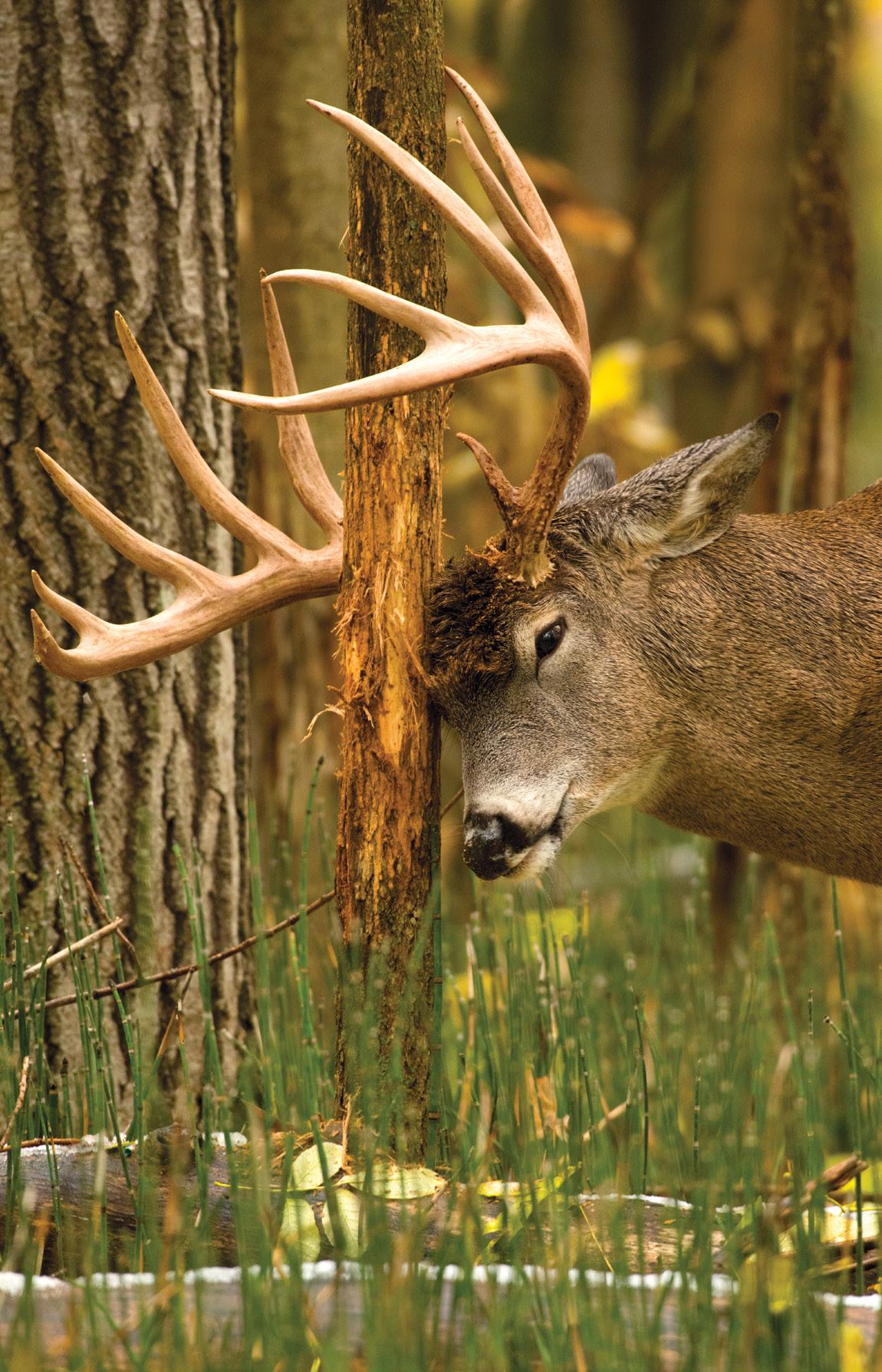
A rub line—three or more rubs in close proximity—indicates a buck regularly travels through the area (see photo on previous page). He will always rub the side of the tree he approaches from, telling you the direction he came from, and the direction he’s headed. He won’t necessarily make a fresh rub every time he passes through, but when he does it will typi- cally be on a different tree each time. The rub lines offering the greatest opportunity for daytime action are found along the edge of a bedding area, part of a buck’s range where he feels safest. More on that later.
TRACKS & DROPPINGS

Tracks are the easiest proof to find that deer live in the area. The challenge lies in identifying the sex and age of the deer that made them. For the most part, only tracks left behind by fully grown bucks and small fawns can be identified with confidence—if the hoofprint is wider than a .308 cartridge, then it’s probably from a buck (see photo, left). Heavyweight males will also leave behind dew claw marks if the ground is soft. In all cases, the direction of travel is wonderfully obvious, and you’ll know if the deer was running at the time if the toe marks are splayed.
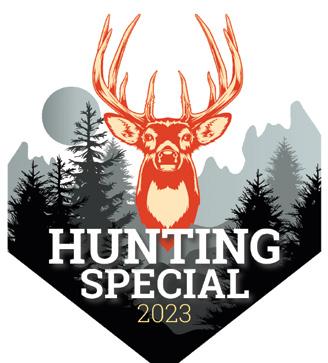
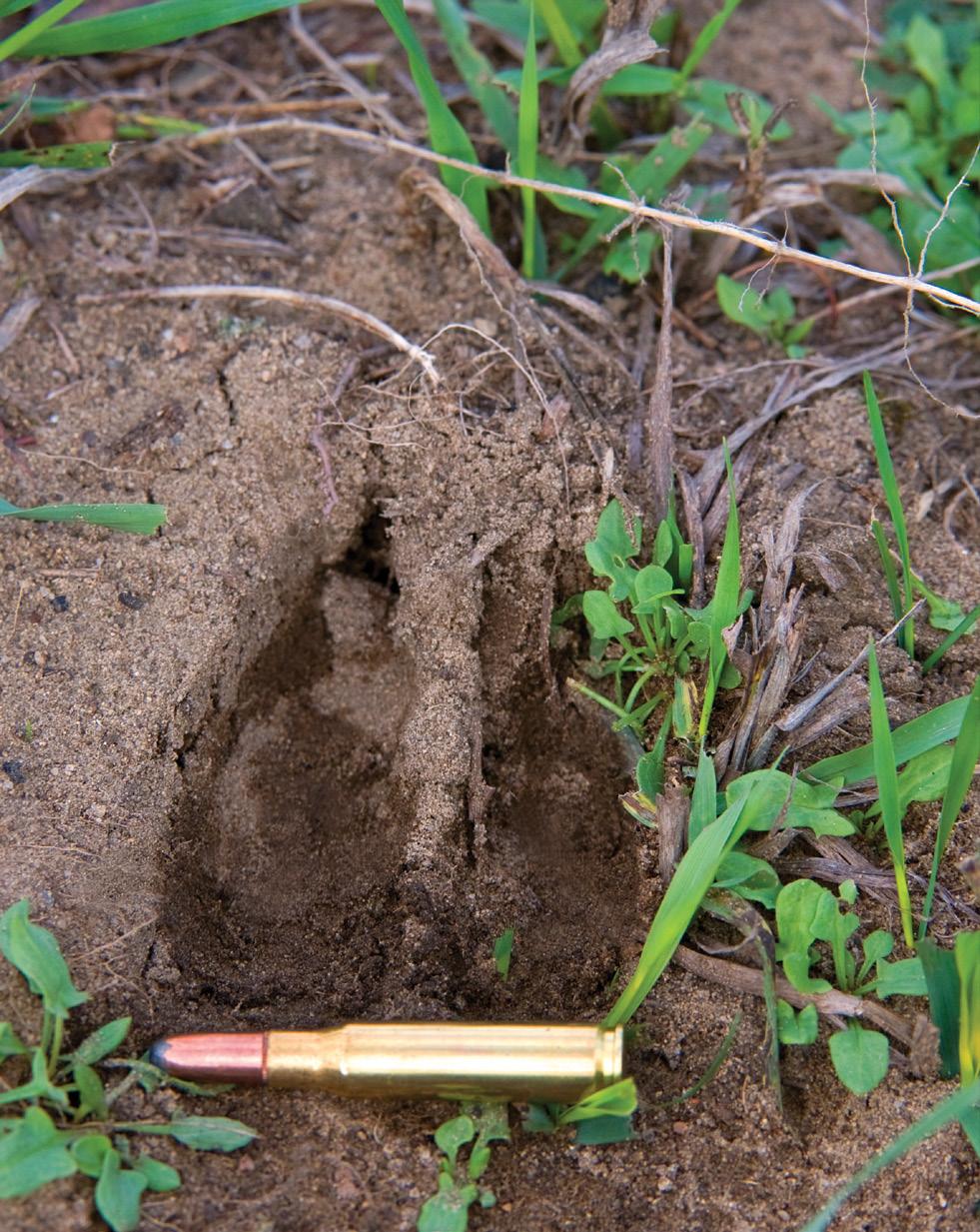
As for droppings, bucks leave behind the largest pellets, which clump together more often than doe pellets (depending on the amount of moisture in their diet at the time). Along with tracks, droppings are best used to simply verify that deer have been using the area.
Scrapes
Made from early October through to December, scrapes are the best sign of buck activity you can find. An active scrape is a patch of exposed soil roughly two or three feet in diameter where the buck has pawed away leaves and other debris with his front hooves, then urinated to both mark his territory and attract does in heat. Hunting over scrapes is one of the most successful tactics for the pre-rut and post-rut weeks when bucks are cruising their territory at the beginning or end of the day.
Before pawing the ground, the buck will stretch his head up to nibble and moisten the tip an overhanging branch, aptly called a “licking branch” (see front cover photo). He also rubs his face and forehead on the tip to deposit scent from his preorbital and forehead glands. After several seconds of licking, the buck will paw the ground directly under the branch, then step forward to urinate over the tarsal glands on his rear legs as he rubs them together. This creates a musky odour in the freshly disturbed earth, completing the strongest communication hub of the whitetail rut.

Breeding bucks will rework their favourite scrapes every few days, unless they’re tending a doe (which usually only lasts for approximately 48 hours). By keeping his scrapes fresh, a boss buck can entice receptive does to stay in the area while he makes his rounds. The best time to scout for fresh scrapes is two or three days after it rains. Since scrapes will have been smoothed over by the rain, any defined tracks you find will be fresh, meaning the scrape has been worked very recently. Which scrapes are bucks most likely to hit during legal shooting hours? It’s all about location. Most daytime scraping occurs in areas where the buck feels safe, often near a habitat transition zone back in the timber near his bedding area. Once you find a fresh scrape (or rub), select an ambush location for a stand or blind that’s within range on the downwind side.
Some scrapes are hit perennially, as long as there continues to be a licking branch. Keep this in mind when you find a hot scrape, as it could be used year after year. Never hang scent wicks on a licking branch, as the spot is already set up with ample scent for success.
Should the licking branch break off from all the head rubbing, however, it will effectively kill the scrape. If there’s another branch nearby, the buck will likely switch over to it. If not, you can keep the scrape going by replacing the broken branch. Simply cut a similar branch (typically four or five feet long) and attach it in place over the scrape using zip ties.
If you can’t find any scrapes, you can create a mock version to test if there are bucks nearby. Select a sheltered spot with an overhanging branch along a habitat transition zone, and use scent-free rubber boots to kick away leaves and other forest debris to expose the soil. Then snap the tip off the overhanging branch while wearing scent-free gloves. To monitor the scrape for evidence of fresh activity, set up a trail cam.
Bedding Areas

It’s exciting to find oval depressions in grassy openings where you hunt. In the summer, deer will rest in these exposed locations during the daytime to escape the swarms of biting insects in the sheltered woods. In the fall, however, these beds are almost always made by whitetails under the cloak of darkness. The upside of finding exposed beds is that they at least confirm deer are active in the area. Now it’s just a matter of figuring out where they rest during autumn’s daytime hours. Hunting bucks in those areas can reap big rewards. For the weeks leading up to and following the rut, mature bucks choose their daytime refuge with the upmost care. They’ll often settle in the hardest to reach area of their home range, where it would be virtually impossible to sneak up on them. Bucks frequently head up southfacing forest ridges, for example, where they’ll bed against deadfall or a grouping of trees to break up their outline. This is where they’ll spend the remainder of the morning and early afternoon, chewing their cud and napping.
Another daytime haunt for bruiser bucks can be a small rise along the edge of a marsh, where the cattails and water make it impossible for an intruder to approach without making noise. Bucks will also hide during the day among felled treetops in areas that have been logged. During the post-rut in the late season, cold snaps will find bruisers bedding down in such areas closer to their food sources to conserve energy. In all cases, these daytime hideouts will typically be ringed with telltale rubs and scrapes if they’re being used by a buck. Given the foolproof vantage point provided by these bedding areas, the only way to outsmart a buck using one is to set up at dawn well before he returns from his morning routine. Or, you can intercept him along his travel route as he returns. Always approach the area with the wind in your favour and never cross the deer’s return route.

During November’s rut, meanwhile, bucks don’t have predictable bedding routines—or any routines for that matter—as they’re basically chasing does non-stop. They will bed down after tending a doe in heat, but the location is dictated by her. Usually, a doe in estrus will hide in the densest thicket available for a couple of hours following mating.

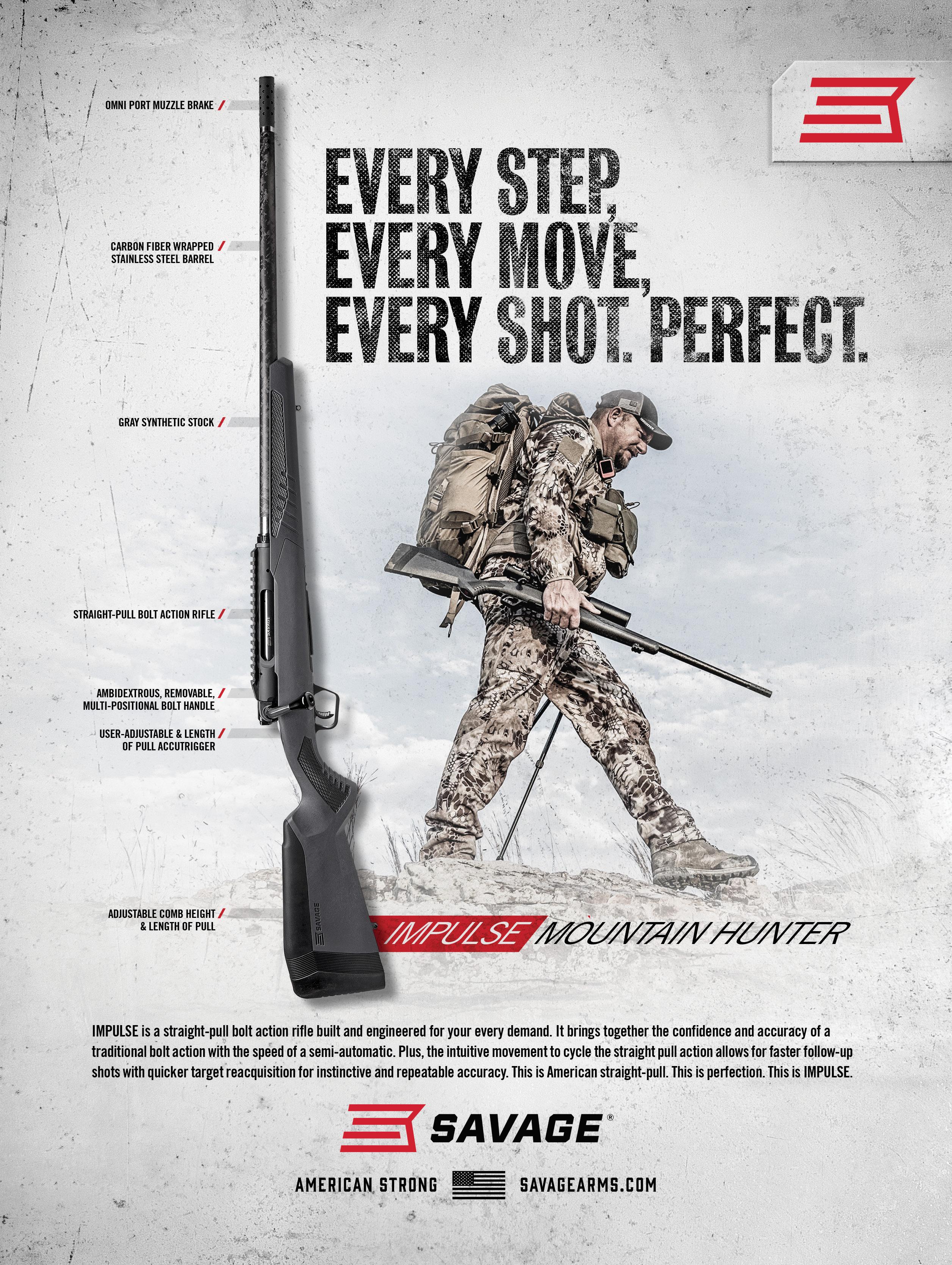
Trails

Deer travel routes are dictated by whatever their favourite food sources are, which can change from one year to the next, especially in farmland where crops are frequently rotated. When travelling from their daybed hideout to their preferred feeding spot in the evening, deer always choose the path of least resistance and remain as concealed as possible. The same applies when they return in the morning. To find signs of daytime deer trails, scout the likes of forested ravines, the perimeters of beaver ponds, below beaver dams, mature pine plantations, and agricultural drainage ditches that are overgrown with willows or sumacs.
Once you know what route deer are taking between their bedding and feeding areas, study the landscape to find pinch points in the terrain to intercept them. Manmade barriers such as farm fences and hedgerows can also funnel deer movement. And don’t ignore smaller woodlots during the rut, especially in farmland. What might appear to be too small to conceal a big buck could make for the perfect hideout for a doe in heat and her crowned suitor.
In the prairies in particular, make note of areas where the elevation changes, such as rivercarved ravines meandering through grasslands. Deer will feed, drink, rub, scrape and bed down in these sheltered valleys, which are largely hidden and offer a natural windbreak in the otherwise vast expanse. Note that most major deer trails are primarily made and used by does and fawns. Bucks prefer the security of more secre- tive routes during the preand post-rut, so look for less-worn secondary trails that typically run parallel to the main runways, 30 or 40 yards away. These subtle travel routes should have rubs and scrapes along them to verify they’re being used by a buck. The exception to this is during the rut, when hormonecharged bucks will eagerly check any area where does are active, including primary game trails.

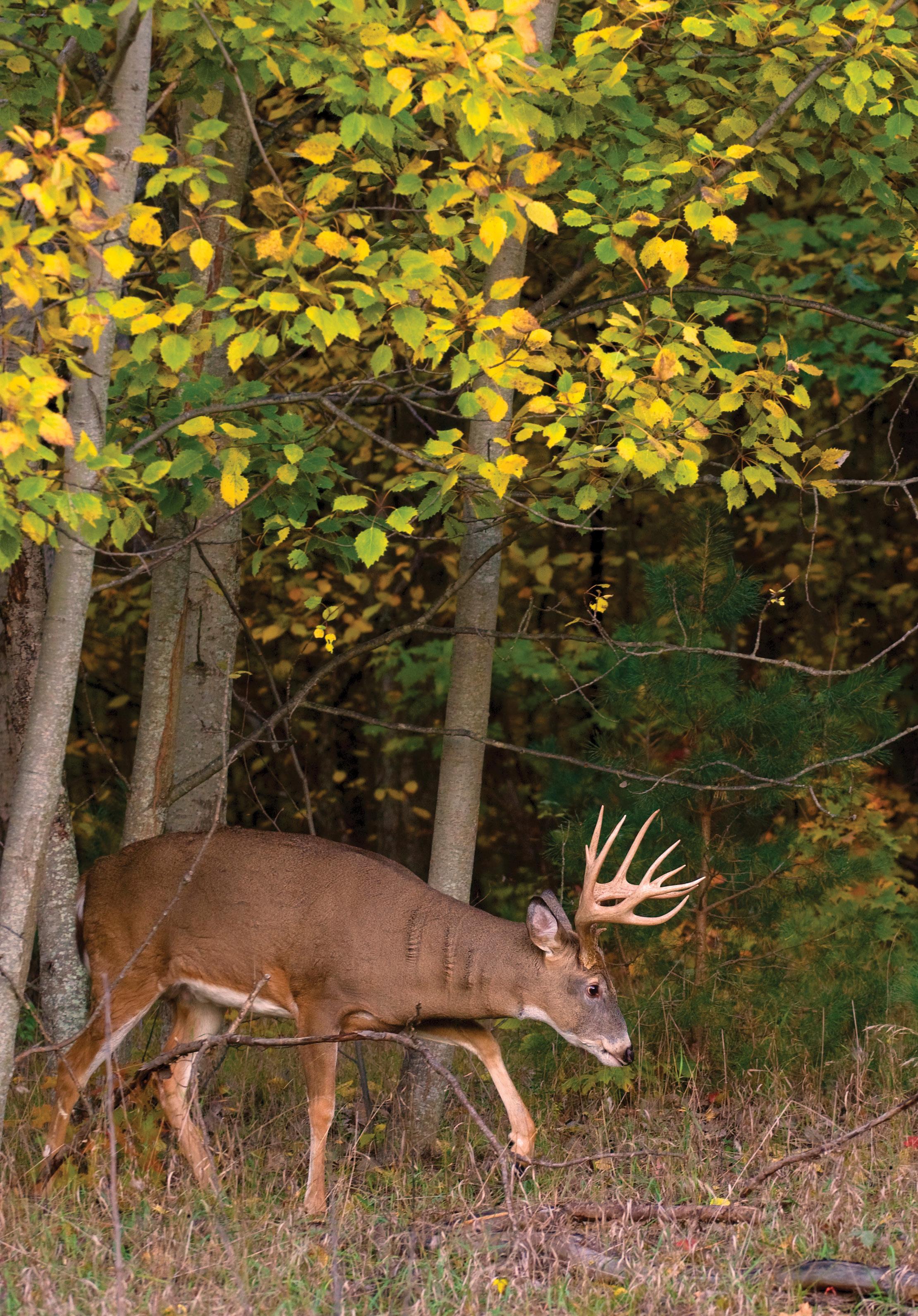

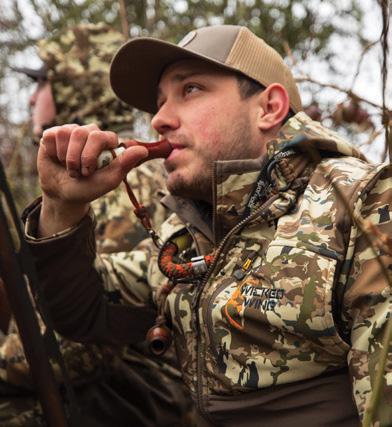


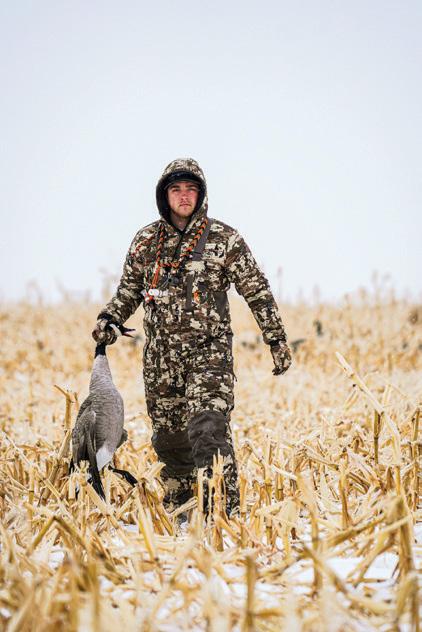
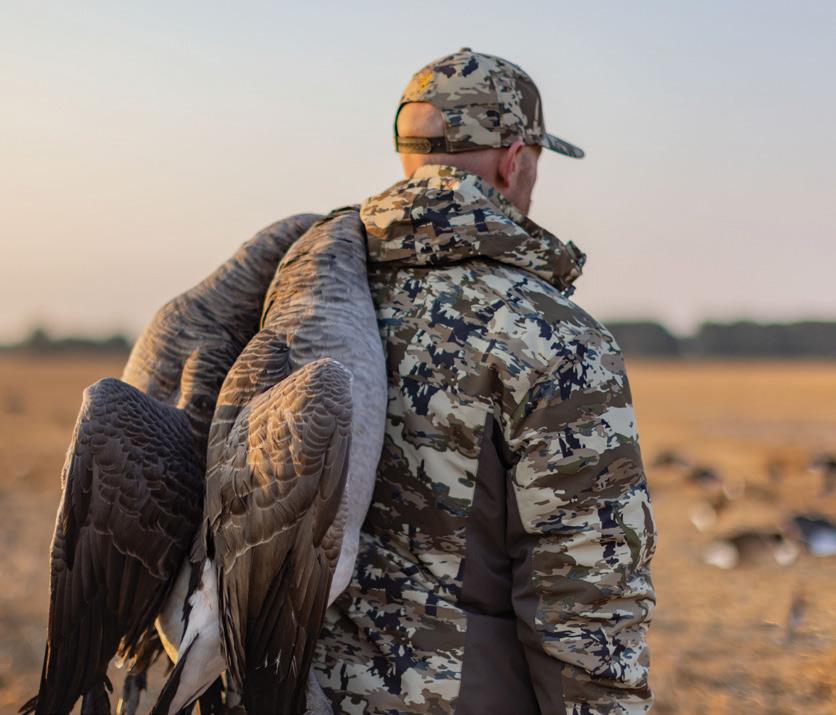





Watering Holes
Deer need to drink throughout the day, so one of the best areas to scout for active buck sign is around waterways. Deer are not only attracted to ponds, marshes, rivers and creeks for hydration, but also to escape human pressure. They will typically drink in the morning before bedding down, then around midday, and again before heading out for their evening feed.
Tracks should be evident in the exposed earth along shorelines, where deer might travel parallel to the water, or cross it. As well, tall grass hugging the shoreline will be packed down where the deer travel. If you find a lot of tracks in the area, you’ll know you’ve discovered a well-used water source.


Finally, deer are excellent swimmers, so it’s also worth checking out any islands you may come across. Such areas are rarely scouted, if ever, so a short canoe ride can really pay off. Look for flattened beds, rubs, scrapes and/or tracks to confirm the island is a trusted bigbuck hideaway.
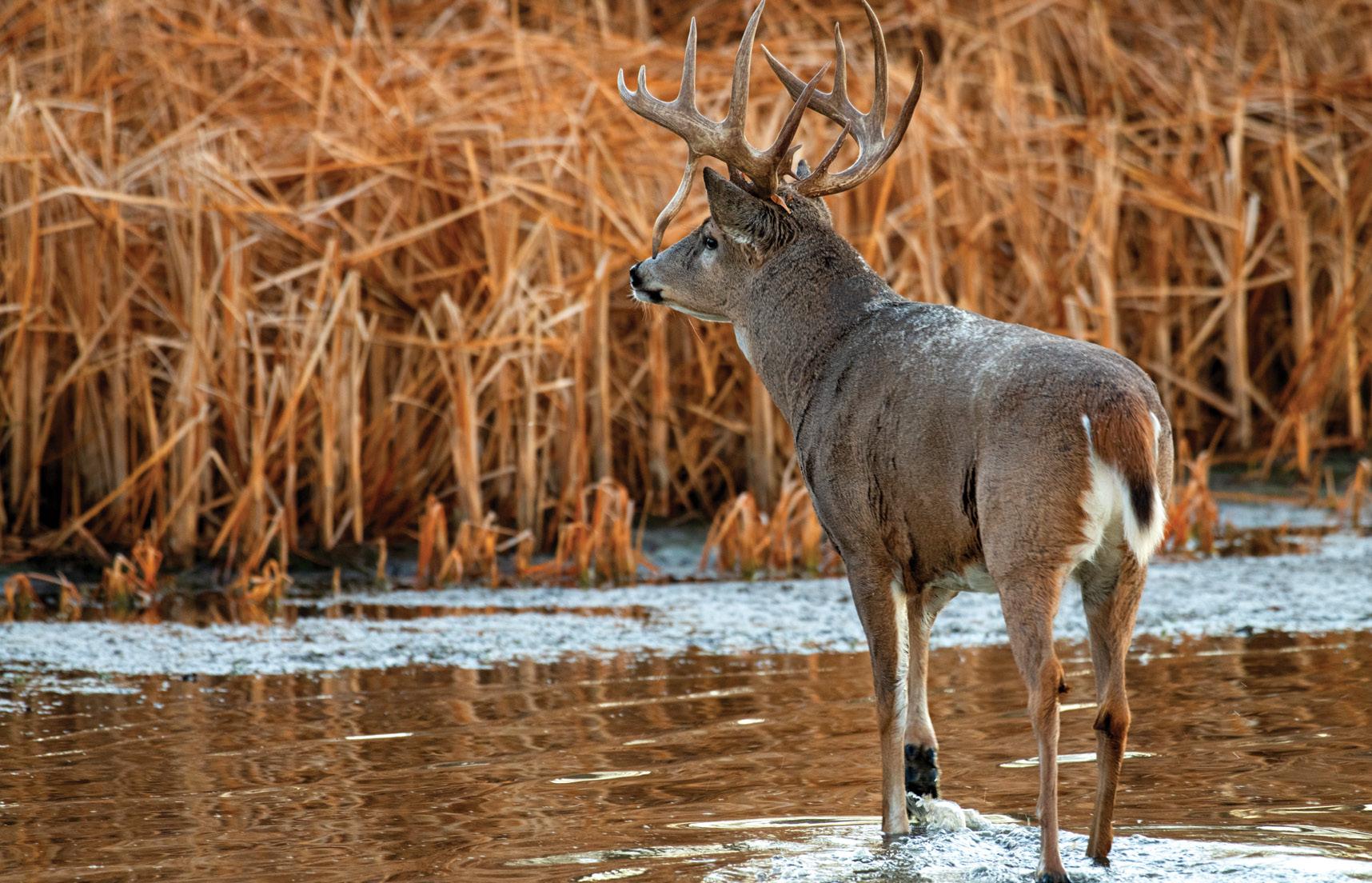

Staging Areas
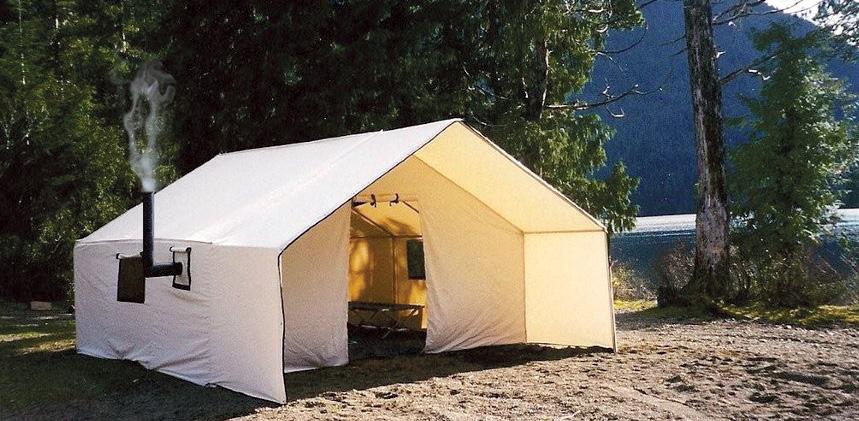
A staging area is a small opening where deer feel confident as they linger in the morning to feed a bit more before returning to their bedding area. They’ll also visit their trusted staging area early in the afternoon to snack before heading to their larger feeding grounds when it gets closer to dark. Rubs and scrapes will be evident if bucks are using the area.
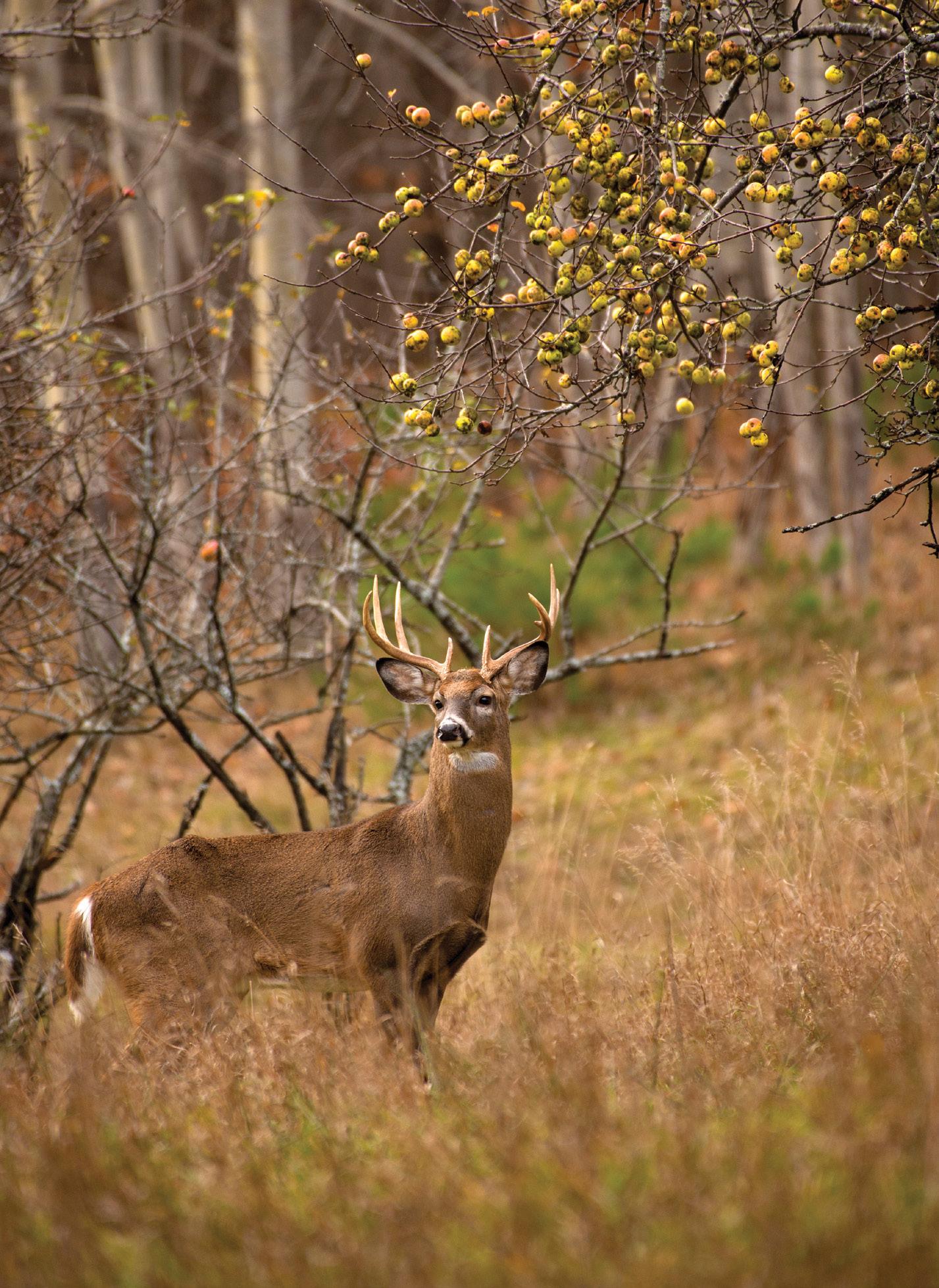
The concealed corner of an old apple orchard is one of my favourite staging areas to hunt. A small soy- bean or alfalfa field in the back 40 that’s surrounded on three sides by woods can also be very productive. Best of all is a huge oak tree that’s covered the forest floor with acorns, 30 yards inside the treeline. Find one of these active staging areas, and it could prove to be yet another gem of a hunting spot—and your ticket to success. OC
LONG-TIME CONTRIBUTOR
MARK RAYCROFT HUNTS AND PHOTOGRAPHS WHITETAILS AND OTHER BIG GAME ALL ACROSS CANADA.

Be ready to cover a lot of ground hunting sharptails


KEN BAILEY
BY KEN BAILEY
Wingshooting is a highly varied and equal-opportunity pastime. It’s pursued by farm boys in rubber boots carrying Grandpa’s single-shot, and by business executives in English tweed toting $50,000 custom-fitted doubles. Most of us fall between those two extremes, but we all share a passion that’s as hard to shake as it is to explain.
As fall approaches, our thoughts turn to cool crisp mornings, coveys of partridge and grouse, skeins of ducks and geese, trusting dogs and trusted shotguns. We can smell the harvest of grain on the slightest waft of wind, and the odour of the marsh, that complex mix of sweet wild mint and the stink of decomposition. We’re attuned to the familiar calls of migrating geese, and we relish the evening winnowing of snipe. And we need only close our eyes to recall the thrill of whirring wings and the annoyed cackling of a flushing rooster.
What’s not to love about wingshooting, especially in the West? For those of us who live or hunt on the prairies of Manitoba, Saskatchewan and Alberta,










